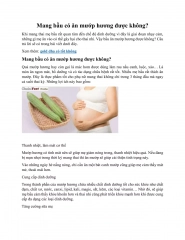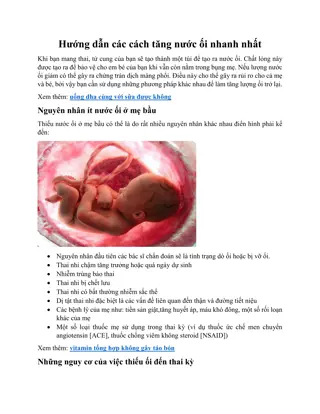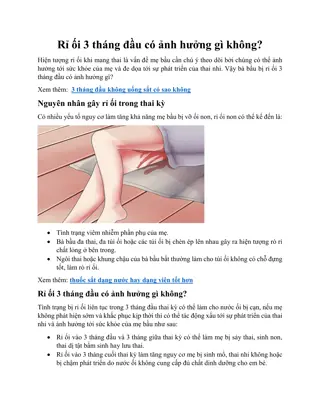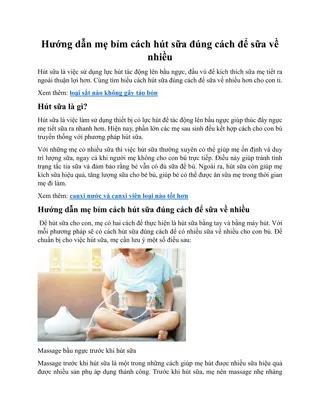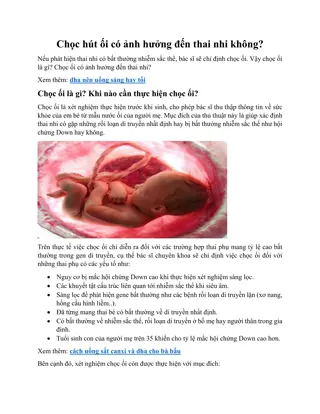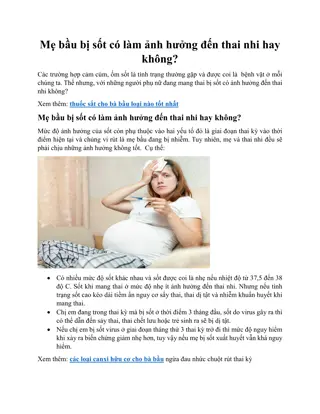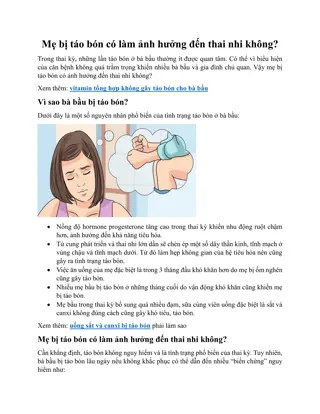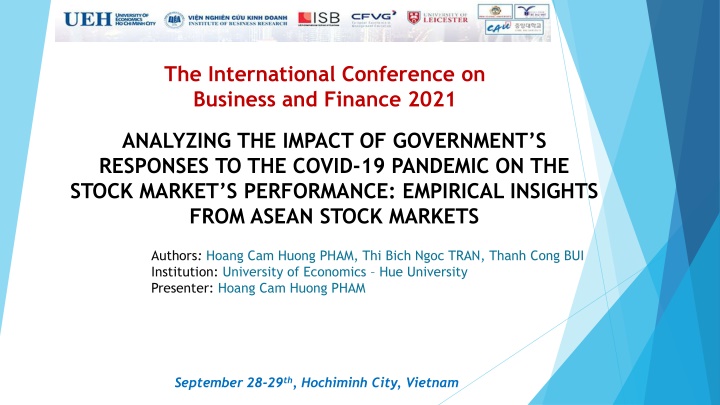
Analyzing Government Responses to COVID-19 on Stock Market Performance: ASEAN Insights
Explore the impact of government responses to the COVID-19 pandemic on stock market performance in ASEAN countries. Delve into empirical insights from the international conference on business and finance in 2021, shedding light on how public policy interventions influence stock market volatilities. Previous studies present varying opinions on the relationship between government interventions and stock market returns, providing valuable perspectives for further research in this area.
Download Presentation

Please find below an Image/Link to download the presentation.
The content on the website is provided AS IS for your information and personal use only. It may not be sold, licensed, or shared on other websites without obtaining consent from the author. If you encounter any issues during the download, it is possible that the publisher has removed the file from their server.
You are allowed to download the files provided on this website for personal or commercial use, subject to the condition that they are used lawfully. All files are the property of their respective owners.
The content on the website is provided AS IS for your information and personal use only. It may not be sold, licensed, or shared on other websites without obtaining consent from the author.
E N D
Presentation Transcript
The International Conference on Business and Finance 2021 ANALYZING THE IMPACT OF GOVERNMENT S RESPONSES TO THE COVID-19 PANDEMIC ON THE STOCK MARKET S PERFORMANCE: EMPIRICAL INSIGHTS FROM ASEAN STOCK MARKETS Authors: Hoang Cam Huong PHAM, Thi Bich Ngoc TRAN, Thanh Cong BUI Institution: University of Economics Hue University Presenter: Hoang Cam Huong PHAM September 28-29th, Hochiminh City, Vietnam
Outline Introduction 1 Literature Review 2 Data and Methodology 3 Results 4 Conclusions 5
Introduction 1 Figure 1. COVID-19 cases, deadths and recovered patients as of 28th August 2021 4,500,000 140,000 4,000,000 120,000 3,500,000 100,000 3,000,000 80,000 2,500,000 2,000,000 60,000 1,500,000 40,000 1,000,000 20,000 500,000 0 0 Indonesia Philippines Malaysia Thailand Vietnam Total Cases Total Recovered Total Deaths (Source: Worldometers)
Introduction 1 The COVID-19 outbreak is announced as a global pandemic in March 2020, resulting in dramatic losses on both economic and health aspects. Concerning the stock market as a powerful tool of an economy, the influence of the COVID-19 pandemic on the financial system could not be disregarded. Responding to these circumstances, governors around the world then propose in order to mitigate the losses posed by the pandemic such as school closures, travel restrictions, social distancing, etc
Introduction 1 Stock returns capture the influence of the government s intervention on the stock market performance Research aim Stock volatilities How do stock markets in these countries change once the public policy responses to COVID-19 pandemic executed? Research questions How does government s intervention affect stock market performance in ASEAN countries?
Literature Review 2 Previous studies are yet to form a consensus around the influence of government interventions on stock market returns. Yang and Deng (2021) argue that government response positively affects the stock market returns. Shanaev et al. (2020) prove that government policy intervention is even the main driver for the downturn of the stock market
Literature Review 2 Another strand of literature on this topic is the impact of government interventions on the volatility of stock markets as the COVID-19 pandemic was causing high market volatility in most of the countries (Sharif et al., 2020). Our study aims to provide a comprehensive look into the effect of government s policy responses on stock market performance in ASEAN stock exchanges by approaching two aspects of performance: stock returns and stock volatilities.
Data and Methodology 3 The time frame in this study is collected from 2nd January 2018 to 22nd July 2021 Variables Source Government s policy response, which is constructed based on four indicators: - stringency index - economic support index - containment and health index - risk of openness index Stock market indices of ASEAN countries Stock market volatilities New confirmed COVID-19 cases Other control variables representing international factors: S&P 500, VIX (CBOE Volatility Index), WTI (West Texas Intermediate) Oil price, Exchange rates between USD and other currencies COVID-19 Government Response Tracker (OxCGRT) Investing.com Author s computation Our World in Data (OWID) Investing.com
Data and Methodology 3 GARCH(1,1) model The GARCH (1,1) model equation is presented below: ? ? ?= ???+ ??? ? ?? + ??? ? where: VL: the long-run variance rate un-1: the rate of the return of the day n-1 n-1: the variance of the day n-1 , and : the weights assigned to VL, u2n-1 and 2n-1 respectively and + + = 1 Setting = .VL, the GARCH(1,1) model can also be written as: 2 2 2= + ??? 1 ?? + ??? 1
Data and Methodology 3 Panel regression method ? ? ???????,?= ??+ ???????????? ????????? ?+ ????+ ??????? ?????????? ?+ ??,? (?) ?=? ? ? ???????????,?= ??+ ???????????? ????????? ?+ ????+ ??????? ?????????? ?+ ??,? (?) ?=? Where Returntis the stock market returns in country i on day t. Volatilitytis the stock market volatitliy in country i on day t. Government Responset-1 indicate the action of government in country i during the COVID-19 pandemic on day t 1. Ci represents for country dummy variables.
Data and Methodology 3 Hypothesis 1:The government s policy responses are likely to increase the stock market returns in ASEAN stock exchanges. Hypothesis 2: The government s policy responses are likely to decrease the stock market volatilities in ASEAN stock exchanges.
Results 4
Results 4
Conclusion 5 The financial inclusion and monetary policy effectiveness in Vietnam are linked by a set of long-run relationships. Particularly, our findings indicate that the higher Vietnamese population accessed and used services of financial inclusion, the lower inflation rate economy has to experience. FinTech plays a negligible role in transmitting the impact of financial inclusion on monetary policy effectiveness in Vietnam under our statistic results. As mobile money pilot has been not launched in Vietnam, there is no data of mobile money transactions available and we use the transactions via electronic interbank payment instead. Hence, it might lead to undesirable research results.
Conclusion 5 Implications #1. Government should build up a payment platform that 100% of Vietnam s population could access and use #2. Regulators should be proactive and plan to build a data protection legislation


